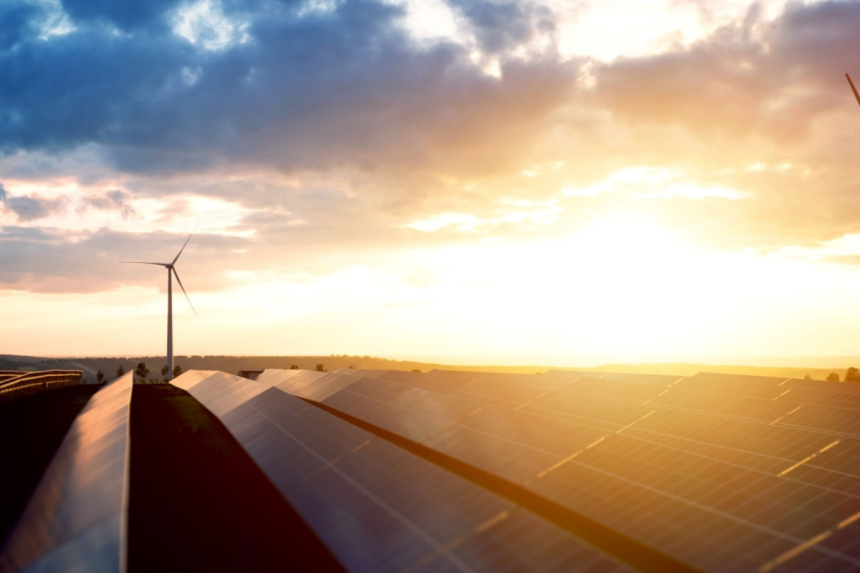Global Trends Show Renewables Doubling by 2030
The world’s renewable energy sector continues to expand rapidly, even as the United States slows its pace. According to two new reports from the International Energy Agency (IEA) and Ember, global renewable electricity generation is on track to more than double by 2030. This acceleration comes despite policy pullbacks in the U.S. and China, the world’s two largest energy consumers.
The IEA’s latest forecast notes a slight reduction in overall global renewable growth expectations compared to last year. However, solar power remains the dominant driver of expansion, with photovoltaic installations continuing to set new records worldwide. “Solar PV is on course to account for some 80% of the increase in the world’s renewable capacity over the next five years,” said IEA Executive Director Fatih Birol.
U.S. Faces Policy Challenges Amid Global Momentum
In the United States, renewable energy growth has been tempered by the early phase-out of federal tax incentives and recent regulatory changes. These developments have cut the nation’s five-year growth forecast nearly in half. Despite these setbacks, renewables continue to gain ground. In 2024, solar and wind power generated 16% of total U.S. electricity, surpassing coal for the first time.
Elsewhere, the outlook is far brighter. Countries such as India, members of the European Union, and emerging economies are leading the global transition with ambitious clean-energy policies and streamlined permitting for new projects. These regions have revised their growth projections upward, counterbalancing the slowdown seen in the U.S. and China.
Renewables Surpass Coal for the First Time
In a milestone moment for the global energy transition, renewables overtook coal as the world’s largest source of electricity generation during the first half of 2025, according to Ember’s analysis. The report shows a 7.7% increase in renewable generation year over year, while coal output declined. The surge was primarily fueled by solar and wind power capacity additions.
This marks the first time in history that renewable sources have produced more electricity than coal, signaling a fundamental shift in the global energy landscape. Analysts expect this trend to strengthen through 2030 as nations race to meet climate commitments and reduce carbon emissions.
Beyond Power: Renewables Transform Transportation
The IEA projects that renewable energy use in the transportation sector will rise by 50% by 2030. This increase will be driven by the growing adoption of electric vehicles, particularly in China and Europe, as well as by the broader use of biofuels, biogases, and renewable hydrogen. Together, these technologies are expected to account for nearly half of the forecasted growth in renewable consumption over the next five years.
The expansion of renewables is not only changing how the world powers its grids but also how it fuels its cars, planes, and ships — signaling a comprehensive shift toward a low-carbon global economy.
Environmental Gains and a Greener Future
The rapid deployment of renewables, alongside nuclear power and electrification technologies, is already delivering measurable environmental benefits. In 2024, carbon dioxide emissions in advanced economies dropped to their lowest level in 50 years. The IEA estimates that clean technologies deployed since 2019 — including solar, wind, EVs, and heat pumps — are now preventing roughly 2.6 billion tons of CO₂ from entering the atmosphere each year.
Looking ahead, the agency forecasts that renewable and nuclear energy sources will meet more than 90% of the global electricity demand growth through 2030. Even as global energy consumption rises, these low-emission sources are expected to offset most of the additional demand, keeping the world on a sustainable trajectory.
The global energy transition is accelerating, led by record solar installations and expanding renewable policies in developing economies. While the United States faces short-term policy headwinds, the world as a whole continues to move decisively toward clean energy dominance. If current trends persist, renewables are set to define the next era of global power generation — cleaner, cheaper, and more resilient than ever before.






